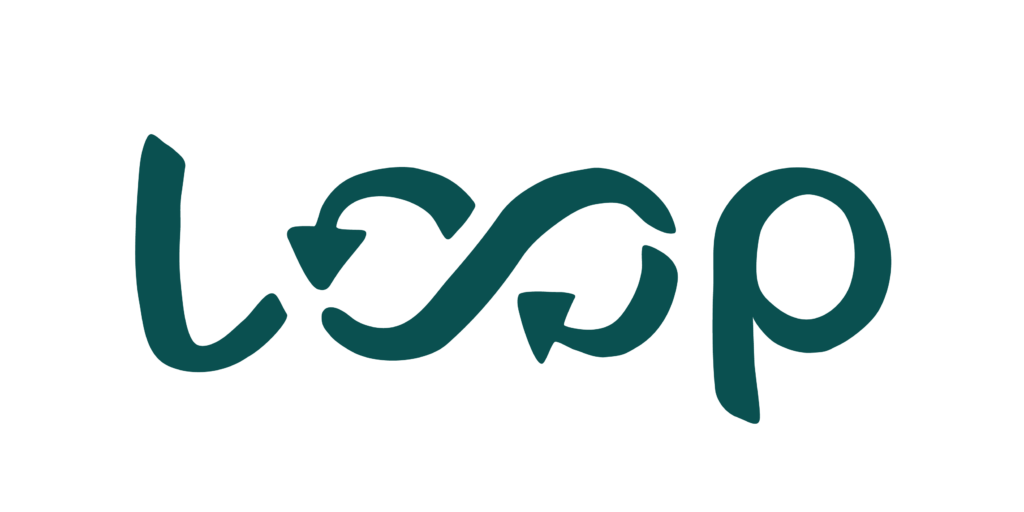About the Sorting Labels
The Sorting Labels are used at home, at work, in public spaces – and on packaging. Small and large producers label their packaging with the Sorting Labels to make waste sorting easy. The same Sorting Labels are used by municipal and private waste management companies when labeling waste containers for residents and customers. Schools, hospitals, libraries, offices, construction sites, cafeterias, and other organizations use the Sorting Labels in their waste sorting systems. The Sorting Labels are universally designed and accessible for people with visual impairments.
The Sorting Labels create a visual link between packaging, waste bags, waste containers, and marketing communications.
Who manages the Sorting Labels?
LOOP – the foundation for recycling and waste sorting – is responsible for and manages the Sorting Labels. LOOP is a non-profit foundation that creates communication and services to make it easier to reduce waste and recycle more. LOOP also runs the Sortere platform and the LOOP Environmental School, and offers communication materials to partners through its “Resource Hub”.

How were the Sorting Labels established?
The sorting labels were introduced in Norway in 2020.
The sorting labels were designed by Futu, led by designer Ann Thor, and launched by the Danish Waste Association in 2017. The establishment of the national labeling scheme for waste sorting was initiated by Avfall Norge and LOOP and developed through extensive collaboration with over 50 stakeholders.
This ensured involvement and support from both the public and private sectors of the waste management industry, including recycling companies, producers, and various interest groups and business organizations. Recycling companies and over 100 municipal and private waste companies financed the establishment of the Sorting Labels. Handelens Miljøfond (Norwegian Retailers’ Environment Fund) and Miljødirektoratet (the Norwegian Environment Agency) also contributed support to the labeling system.

Why Common Sorting Labels?
Making waste sorting as easy as possible is essential for preserving resources and achieving our shared recycling goals. Common Sorting Labels create a harmonized system that consumers can recognize wherever they are – at home, at work, at their cabin, or in public spaces.
A unified labeling system for waste sorting is also mentioned in the EU’s Circular Economy Package 2.0, “A New Circular Economy Action Plan” (2020), as a measure to increase material recycling.